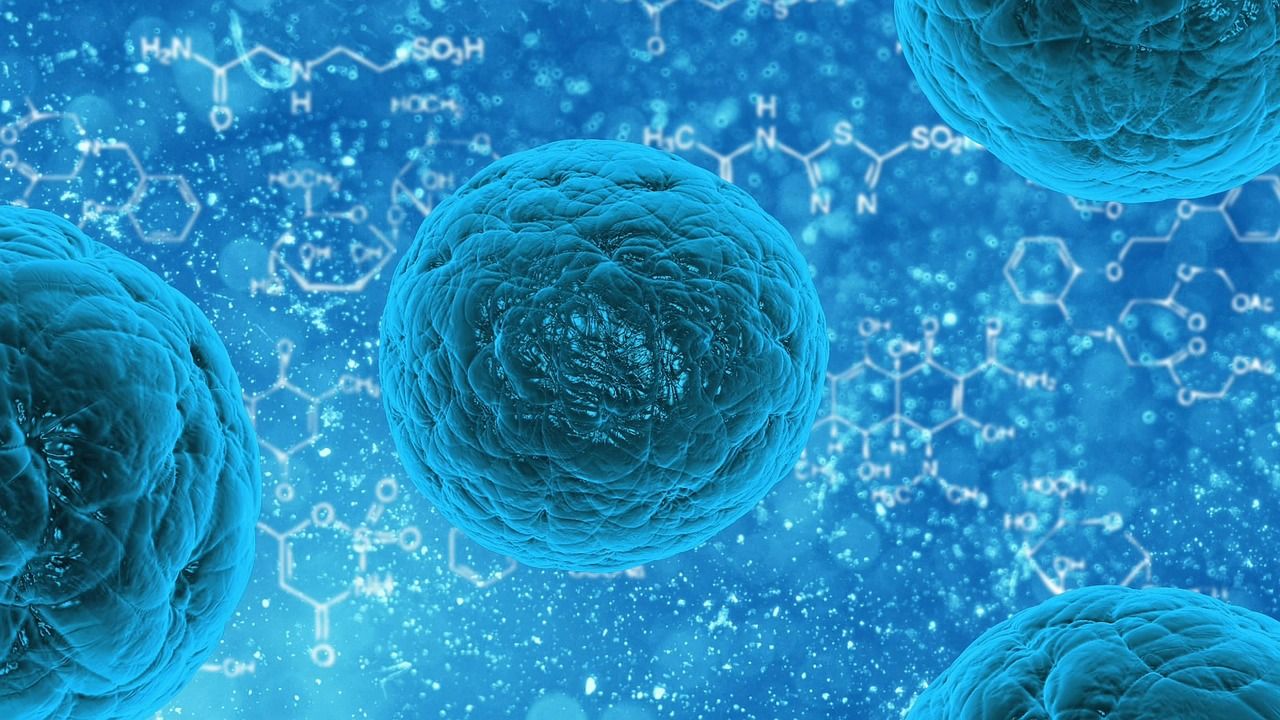Iridium-based cancer drug developed by Warwick researchers
An international collaboration of researchers from the University of Warwick and Sun-Yat Sen University in China made the discovery that cancer cells are killed by iridium metal, which has also been found in remnants from the asteroid that wiped out the dinosaurs many million years ago. The open-access research paper, ‘Organo–iridium photosensitizers can induce specific oxidative attack on protein in cancer cells’ has been distinguished as a ‘very important paper’ and is published in the Wiley journal Angewandte Chemie.
Researchers from Professor Sadler and Professor O’Connor’s groups in the Warwick Department of Chemistry and Professor Hui Chao’s group at Sun-Yat Sen demonstrated that iridium can be used to kill cancer cells without harming healthy tissue. The researchers created a compound of iridium and organic material which can be directly targeted towards cancer cells. These compounds then transfer energy into them , which turns the diatomic oxygen molecules inside the cells into singlet oxygen, a high-energy form of the element which is toxic to cells and leads to their destruction.
Cancer cells are killed by iridium metal, which has also been found in remnants from the asteroid that wiped out the dinosaurs many million years ago…
The process of photochemotherapy, which is the use of high-frequency light to target cancer cells, was used to activate the iridium compound from the outside. This was done by shining a laser at the cancerous area. The red light can penetrate the skin to reach the light-reactive coating on the iridium compound, thereby activating it. It was found to penetrate and infuse into every layer of the tumour. In this way, the novel treatment kills the tumour cells exclusively, by damaging the proteins for heat shock stresses and glucose metabolism which have both been identified as key biochemical pathways in the development of cancers.
The compound was later found to cause no harm to healthy tissue, demonstrating the highly effective, safe and specific approach of this method of potential treatment. Researchers could gain an unprecedented view of the individual proteins inside the cancer cells that were binding to the iridium compound using ultra-high mass spectrometry facilities. In this way, scientists will be able to not only specifically kill tumour cells but also observe how the iridium-organic compound operates inside the cells to kill them. Professor Peter O’Connor noted that “remarkable advances in modern mass spectrometry now allow us to analyse complex mixtures in proteins in cancer cells and pinpoint drug targets, on instruments that are sensitive enough to weigh even a single electron!” and the University of Warwick is a world-class centre of analytical sciences with state-of-the-art facilities for this type of experiment.
The compound was later found to cause no harm to healthy tissue…
Iridium was first discovered in 1803 – it’s very rare on Earth but has been found to be present in huge quantities on asteroids flying through space. This has led to the theory that its spatial distribution on Earth is due to the gigantic asteroid that struck the planet and led to the extinction of the dinosaurs. The metal is yellow in colour with a melting point of over 2400 degree Celsius and is very hard and brittle. Iridium is the second densest metal in the world as well as the most resistant to corrosion, belonging to the same family of metals as platinum which is also widely used in chemotherapy treatments. “It’s certainly now time to try to make good medical use of the iridium delivered to us by an asteroid 66 million years ago!”, remarked Professor Peter Sadler, excited about the future development and implications of this research.

Comments